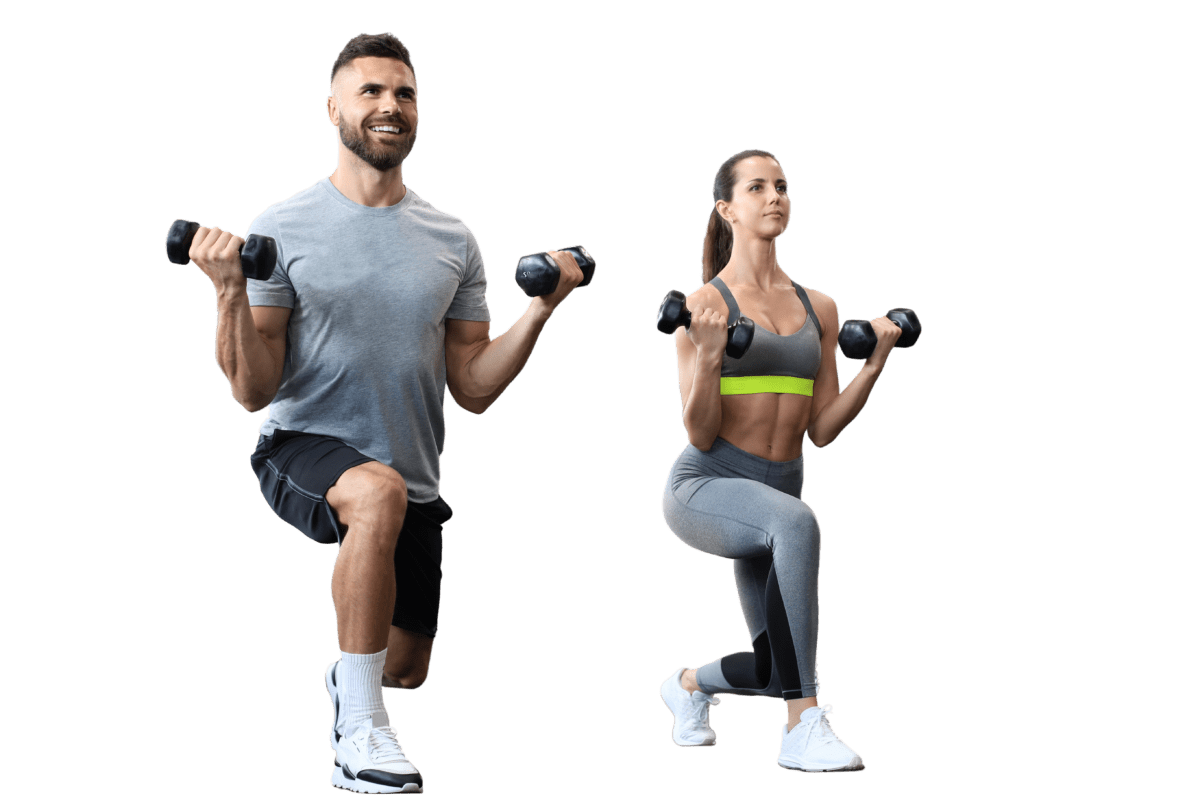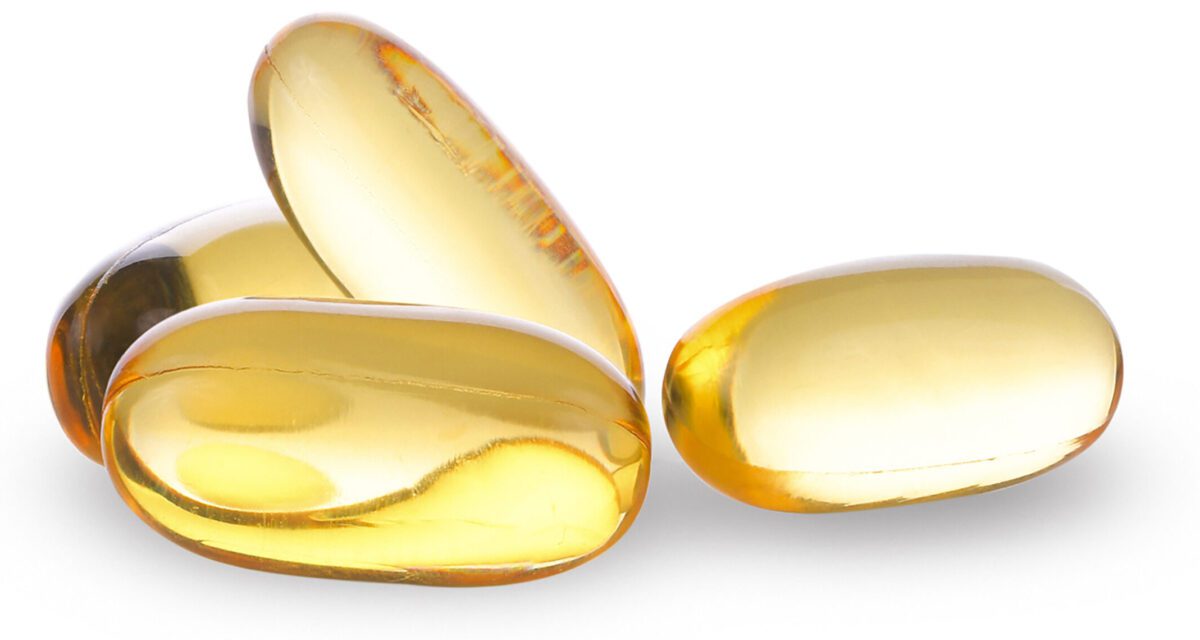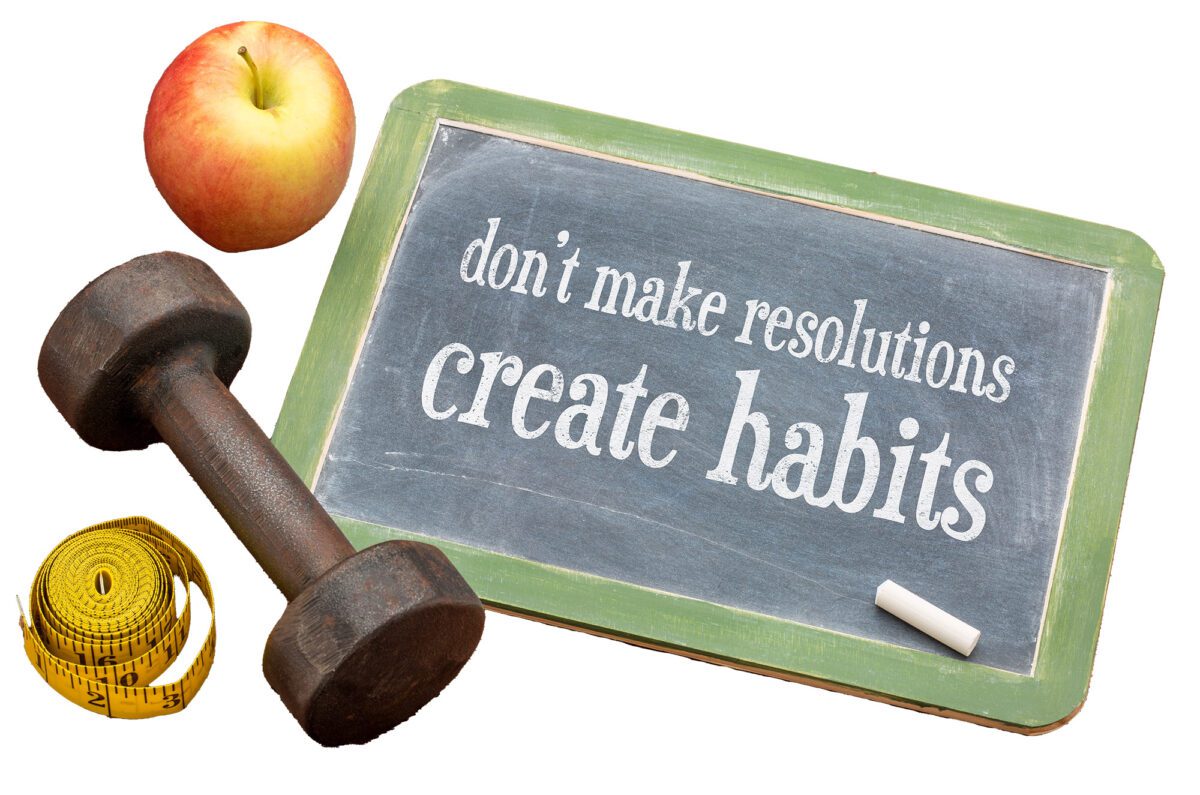Forming Healthy Habits
If your list of New Year resolutions includes any health goals, a great place to start is improving your immune system – especially as the cold and flu season lingers on.

“Remaining generally healthy is the best way to boost your immune system,” says Catherine Mims, M.D., an internal medicine-pediatrics physician with OU Health in Oklahoma City. “Having an overall healthy diet, participating in regular exercise, avoiding smoking, and lots of hand washing are some of the best ways to protect yourself during the winter from infection. Additionally, wearing a mask if sick or around others who are sick is a great way to protect against illness.”
Weighing in on taking a daily multivitamin, Mims says most people don’t need one if their diet includes fruits, vegetables and some form of protein.
“However, there is emerging evidence that low vitamin D levels can be associated with a lower immune system,” she says. “In the United States, we are often vitamin D deficient due to our excessive time spent indoors, so it may be a good thing to consider taking a vitamin D3 supplement if you do not spend much time outdoors. Lastly, women who are menopausal often need additional calcium and vitamin D as well for bone health. But, otherwise, most people get their daily vitamins from their diet. However, if your doctor has instructed you to take a particular vitamin, you should continue.”
Along with a healthy diet is the need for physical activity to reduce your risk of disease and increase bone and muscle strength.

“The general recommendation is that each person gets 150 minutes of dedicated exercise per week,” says Mims. “I recommend that when starting an exercise goal that each person be realistic. Going from zero to 150 minutes is unlikely to be successful, and may even cause injury. As such, I recommend dedicating 20 minutes to vigorous exercise twice weekly. I particularly recommend actually naming the two days and the time that you expect to exercise and be very specific with your goal. For example, ‘my goal is to walk on the treadmill for 20 minutes on Monday and Thursday at 6 a.m.’ This helps to avoid the generic ‘I want to exercise more’ goal and actually sets up measurable expectations. I also recommend finding a form of exercise that you actually like and finding a person to do it with in order to help with accountability. As a person develops the habit of two days per week, they may find that they naturally want to increase to more days as they start to enjoy exercising more.”
For those who struggle to go to the gym, Mims suggests using an app that offers exercise classes and programs such as Peloton or BODi, formerly Beach Body.
“Lastly, give yourself grace when you do not meet your goal and never wait to restart your goal,” she says. “There is no need to wait until 2025 to start a new exercise goal if you find that you have not been meeting the New Year’s Resolution you set for 2024. Start again right away!”
Positive & Healthy Perspectives
The New Year can bring upon a bevy of emotions. For some, it feels like a fresh start and new beginning. For others, it may be a reminder of unmet goals or regrets.
“It can affect us all differently,” says Julie Burnshire, RPT, LCSW, a therapist with Laureate Psychiatric Clinic and Hospital in Tulsa. “Much like a recipe…there are many variations to the same dish. We can choose the lens on which we see the New Year through.”
She says it’s often our circumstances that guide how the season affects us.
“If there have been a number of significant life events in the year, then one might be more inclined to see the upcoming year as trying,” says Burnshire. Adding that in turn, one who has had a more successful or optimistic year will feel more positive and hopeful about the upcoming year.
“The shift we have control over is that each day is an opportunity to lead our internal system to reset in the direction we would like to go even when circumstances do not match up,” she says.
So how do you shift your perspective and support a healthy outlook toward 2024? Burnshire shares the following ways to cultivate a positive mindset.
“Movement is very helpful,” she says. “Simple, short bursts of movement – even as little as 30 seconds to two minutes can encourage our internal system to reset. Put on a song, something silly or a personal favorite, and let your body move. Priming is also an excellent source of changing one’s state of being. Tony Robbins has a great priming video that can be found on YouTube.”

She also shares the reminder that words are powerful.
“Find one quote on a topic you would like to focus on, such as motivation, inspiration, spiritual,” she says. “Write it down and post it up in a place where you will read it aloud at least one time a day for a week at a time. The next week add another quote, then another, and another. This will create a legacy belief that you speak over yourself. Any shift you can make in your day is a great start. A one degree difference in a plane flying from JFK to LAX could land the plane in the Pacific Ocean. So imagine what a one degree shift in your day can do with these tools.”
And for those making New Year resolutions, Burnshire says it’s helpful to begin by being curious about the ‘why’ behind the resolution.
“Why do you want to make the resolution?” she says. “For example, you may want to take more time for family and friends. Explore your why…why is time with family and friends important? It could be much needed time away. Then go another layer beyond that answer. Continue doing that until you find the answer that moves you emotionally. That is your true why. With this example, the true why could be that once my parents passed away, quality time became more valuable. And so the why for my resolution has more meaning than simply taking time off. I might be more inclined to follow through with the resolution knowing it has a deeper purpose for accomplishing it.”
She also shares that a goal without a plan is just a wish.
“A mentor of mine calls them ‘wishalutions,’” she says. “I can decide I want to learn to make an amazing new recipe. But if I do not put a plan in place to try out new recipes, the goal turns into a wish. Learning how to set goals, plans and action steps takes practice. Much like brushing teeth. We did not know how to the first time we tried. It took repetition. There is no failure in practice. Only learning and experience for the next step.”

Do I Need to Detox?
In the health and wellness industry, there exists a vast array of products promoting the benefits of a health ‘cleanse’ or a body ‘detox.’ But does your body need to be cleansed of harmful toxins? MD Anderson Cancer Center debunks some of the myths involving body detoxification.
Myth: The body needs help to detox.
Fact: The short answer is no, it doesn’t. A longer explanation is that our body’s complex systems naturally ‘detox’ the body. The liver alone performs hundreds of functions, including filtering the blood and removing harmful toxins and waste.
Myth: Detoxes restore health.
Fact: Not exactly. Choosing to begin eating a healthy and well-balanced diet is always beneficial. However, some damage cannot be undone. Non-alcoholic fatty liver disease (NAFLD) is caused by the buildup of fat in the liver of a person who drinks very little to no alcohol and most often affects people who are overweight or obese. Once fat develops in the liver, it stays there and no medication can prevent or reverse NAFLD. Instead, it’s mostly preventable through healthy lifestyle choices.
Myth: Detoxing is safe.
Fact: Unfortunately, detoxing diets can be dangerous. Many ‘cleanses’ and ‘detox’ plans adhere to very restrictive eating or fasting regimens and may incorporate various herbs, supplements, and even enemas. These severe restrictions can cause an imbalance in electrolytes, possible vitamin and mineral deficiencies, stomach issues, diarrhea and fatigue.
Source: MD Anderson Cancer Center
Sleep: Quality vs. Quantity
According to the National Sleep Foundation, the quality of your sleep is as important as the quantity. Most adults need between seven and nine hours of sleep a night to wake up feeling rested, but if those hours are spent in poor sleep, then you miss the full benefits. Sleep quality is typically measured by the following elements: sleep latency, sleep waking, wakefulness and sleep efficiency.
Sleep latency measures how long it takes you to get to sleep, and it’s considered good sleep quality if you’re able to fall asleep within 30 minutes or less after you go to bed.

Sleep waking tracks how often you wake during the night, as frequent waking disrupts sleep. It’s best if you wake only once or not all. In turn, measuring wakefulness considers how many minutes you spend awake during the night after you’ve gone to sleep. The goal for good sleep quality is to have 20 minutes or less of wakefulness throughout the night.
Lastly, sleep efficiency refers to the amount of time you truly spend sleeping – which should be 85% or more for the best health rewards. To learn how to calculate your sleep efficiency, visit the National Sleep Foundation at thensf.org.
























